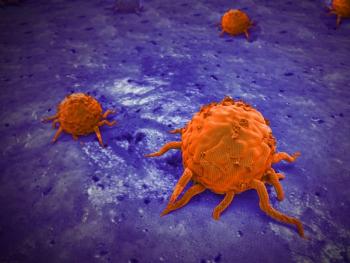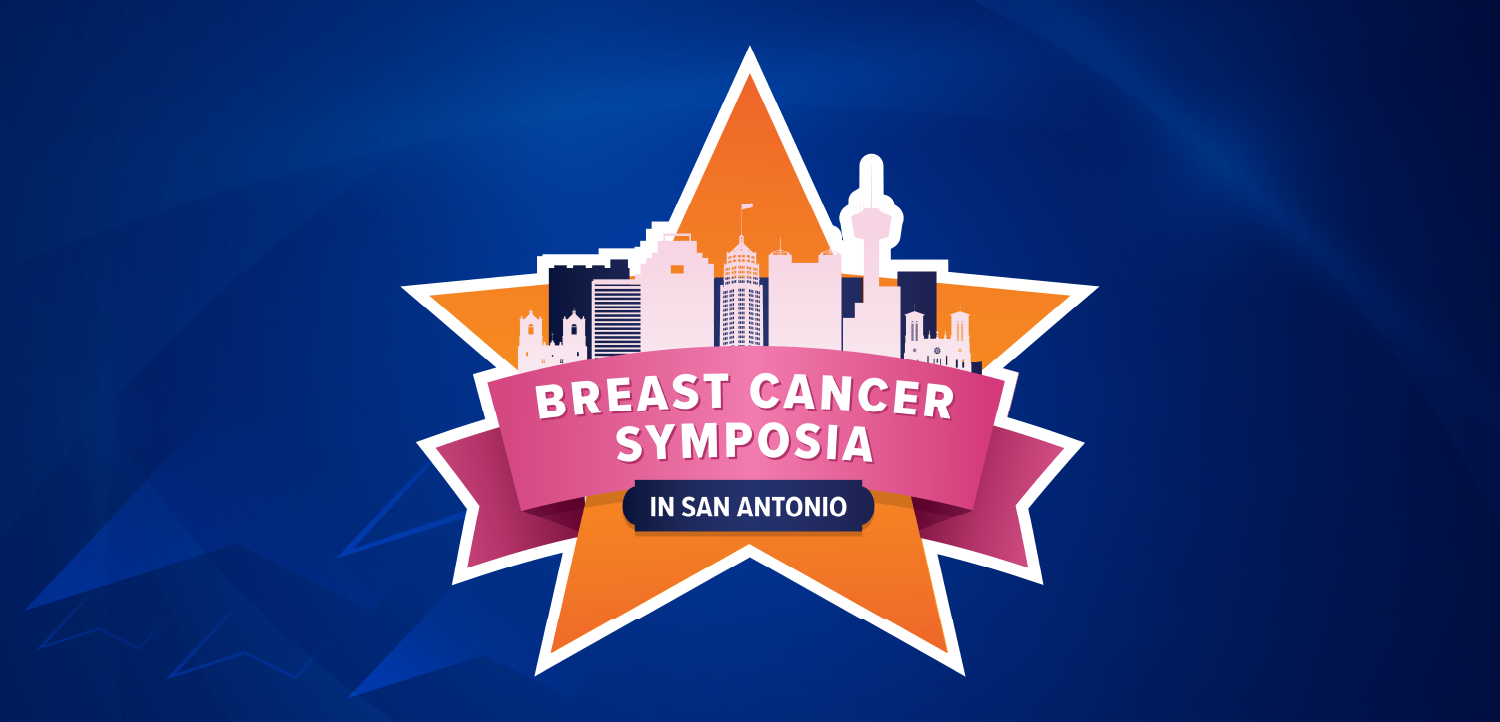
Oncology NEWS International
- Oncology NEWS International Vol 10 No 2
- Volume 10
- Issue 2
Combination Chemo-Antibody Therapy Improves Complete Remission Rate in CLL
HOUSTON-Adding rituximab (Rituxan) to standard chemotherapy increased complete remission (CR) rates for chronic lymphocytic leukemia (CLL) and reduced the number of bone marrow cells expressing the CLL-associated cell-surface markers CD5 and CD19, according to Michael J. Keating, MD. "Fludarabine, cyclophosphamide, and rituximab (FCR) is the most active regimen explored by our group in previously untreated CLL, and the toxicity profile is similar to that seen with FC alone," said Dr. Keating, professor of leukemia developmental research at the University of Texas M. D. Anderson Cancer Center in Houston.
HOUSTONAdding rituximab (Rituxan) to standard chemotherapy increased complete remission (CR) rates for chronic lymphocytic leukemia (CLL) and reduced the number of bone marrow cells expressing the CLL-associated cell-surface markers CD5 and CD19, according to Michael J. Keating, MD. "Fludarabine, cyclophosphamide, and rituximab (FCR) is the most active regimen explored by our group in previously untreated CLL, and the toxicity profile is similar to that seen with FC alone," said Dr. Keating, professor of leukemia developmental research at the University of Texas M. D. Anderson Cancer Center in Houston.
Rituximab was studied as part of the combination because previous work had shown it to have significant dose-related efficacy in CLL and to sensitize lymphoid cells to chemotherapy.
Dr. Keating reported data on 53 patients with previously untreated CLL, 41% of whom had Rai stage III or IV disease. He pointed out that these patients were "somewhat younger than in other studies," with a median age of 54 years (range 30-85).
60% Complete Responses
Patients were treated with fludarabine (25 mg/m2) and cyclophosphamide (250 mg/m2) daily for 3 days for six courses every 4 weeks. Rituximab was given at 375 mg/m2 on day 1 of course 1 and at 500 mg/m2 on day 1 of courses 2-6.
Dr. Keating reported a 92% overall response rate after 6 courses. This included 32 complete responses (60%), 9 (17%) nodular partial remissions, and 8 (15%) non-nodular partial remissions. Levels of beta-2 microglobulin at baseline were the only significant predictors of response.
"After treatment with FCR, the median number of CD5/CD19 co-expressing cells in the bone marrow in responders was less than 1%, significantly less than after treatment with FC without rituximab," Dr. Keating said. Bone marrow in 12 of 17 (71%) CR patients studied had also become PCR negative for immunoglobulin heavy chain rearrangement.
"Toxicities associated with the first infusion of rituximab were mainly fever and chills or changes in blood pressure," Dr. Keating said. "Toxicity grade was 1-2 in 61% and grade 3-4 in 14%. Adverse reactions to rituximab in courses 2 through 6 were uncommon.
Toxicities associated with FC were nausea in 21% of courses, associated with vomiting in 7%. Alopecia was noted in one patient. Neutropenia was the most common hematologic toxicity and required dose reduction of FC in 21% of patients. No episodes of hemolytic anemia occurred. Chemical tumor lysis was observed in three patients and clinical tumor lysis in two patients was noted before allopurinol prophylaxis was initiated."
Articles in this issue
almost 25 years ago
Activated T Cells Can Alter Behavior of Leukemic B Cellsalmost 25 years ago
Response Continues for at Least 8 Months with Ibritumomab Tiuxetanalmost 25 years ago
Synthetic Anthracycline Produces High Response Rates in SCLCalmost 25 years ago
Ibritumomab Tiuxetan Produces 73% Response Rate in B-cell NHLalmost 25 years ago
G-CSF Might Prolong Rituximab Responses in NHLalmost 25 years ago
Use of CAD Increases the Early Detection of Breast Cancer by 20%almost 25 years ago
Rituximab Plus Fludarabine May Be Good Alternative to Rituximab Plus CHOPNewsletter
Stay up to date on recent advances in the multidisciplinary approach to cancer.


















































































